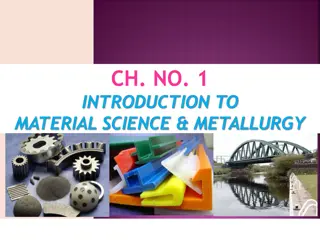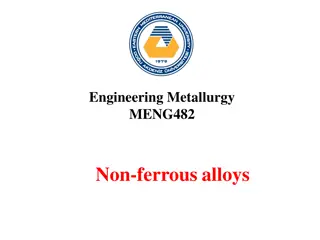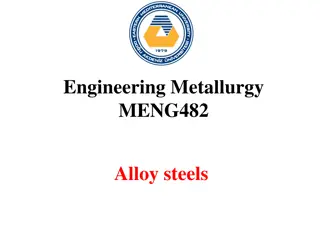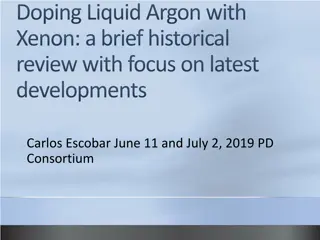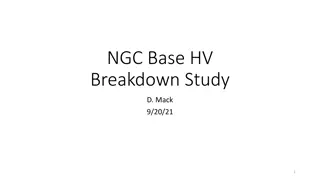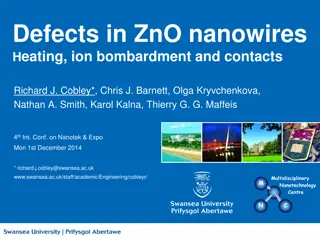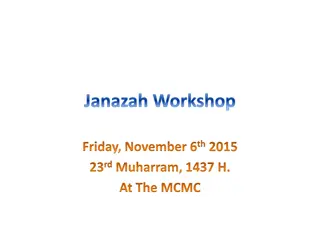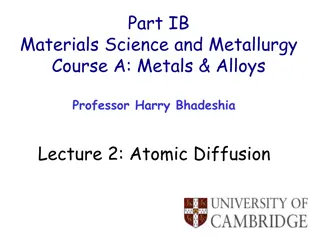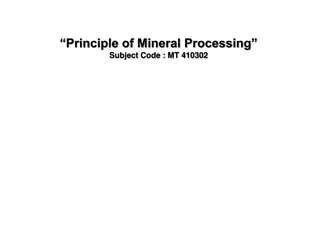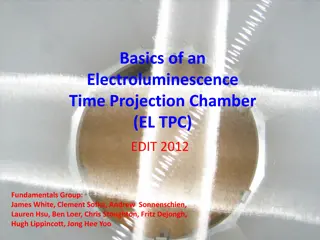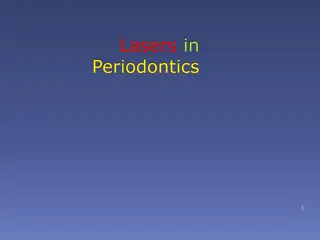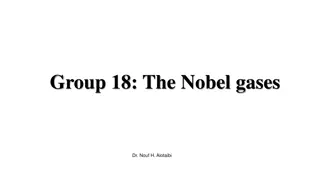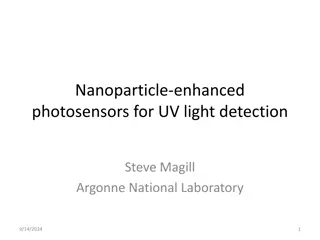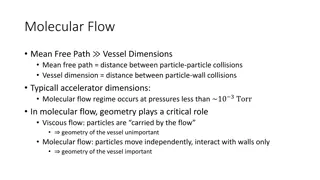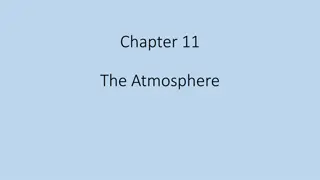Understanding Argon Shrouding for Metallurgy Applications
Argon shrouding is a technique used in metallurgy to create a protective environment around molten steel during the teeming process. This helps prevent re-oxidation, reduce oxygen and nitrogen in the final product, and avoid steel build-up. The effectiveness of shrouding depends on factors like shroud design, argon flow rate, and materials used. Monitoring oxygen content under the shroud is crucial for gauging performance.
Download Presentation

Please find below an Image/Link to download the presentation.
The content on the website is provided AS IS for your information and personal use only. It may not be sold, licensed, or shared on other websites without obtaining consent from the author. Download presentation by click this link. If you encounter any issues during the download, it is possible that the publisher has removed the file from their server.
E N D
Presentation Transcript
Argon Shroud Efficiency Kelly E. Stewart Ingot Metallurgy Forum March 28, 2017
1 of 15 OUTLINE What is argon shrouding? Why use it? Test equipment Experiment design Trials Results and Discussion 1-800-344-3396 | eqssales@elwd.com | ellwoodqualitysteels.com
2 of 15 WHAT IS ARGON SHROUDING? Unshrouded Use of an inert gas to provide a protective neutral environment surrounding the teeming stream Effectiveness depends on: Shroud design Argon flow rate Shrouded Fiber shroud Kaowool gasket 1-800-344-3396 | eqssales@elwd.com | ellwoodqualitysteels.com
3 of 15 WHY IS IT NECESSARY? Turbulence while teeming increases environmental interaction An average teeming stream has enough surface area to encourage oxygen absorption Reintroduced oxygen can be consumed immediately by Al and/or Si in the steel Silica Alumina 1-800-344-3396 | eqssales@elwd.com | ellwoodqualitysteels.com
4 of 15 WHY IS IT NECESSARY? Prevent re-oxidation of steel stream Reduce oxygen, nitrogen, and hydrogen in final product Prevent steelcicles steel build up on trumpet 1-800-344-3396 | eqssales@elwd.com | ellwoodqualitysteels.com
5 of 15 SHROUDING AT EQS 1-800-344-3396 | eqssales@elwd.com | ellwoodqualitysteels.com
6 of 15 HOW TO GAUGE EFFECTIVENESS OF SHROUDING Oxygen content under the shroud while teeming Oxygen sensor Alpha Omega 2000 series Input gas line attached and secured under the shroud, near the steel stream www.aoi-corp.com/oxygen-analyzers/percent/series-2000 1-800-344-3396 | eqssales@elwd.com | ellwoodqualitysteels.com
7 of 15 OXYGEN CONTENT UNDER THE SHROUD Oxygen under shroud was used as an approximation Less oxygen under shroud less atmosphere interaction less O, N, and H exposure to steel, implied No direct correlation to hydrogen pick up in steel Other factors in the bottom pour process inherently affect hydrogen content and cannot be nullified Refractory brick, teeming flux, etc 1-800-344-3396 | eqssales@elwd.com | ellwoodqualitysteels.com
8 of 15 EXPERIMENTAL DESIGN 30 cfh Ar Constant Shroud, O2 Content under shroud 90 cfh Ar plate set up 120 cfh Ar 1-800-344-3396 | eqssales@elwd.com | ellwoodqualitysteels.com
9 of 15 PARAMETERS Oxygen sensor lance placed under shroud manually Three flow rates were compared Minimum 5 trial heats per flow rate Oxygen content measured until a plateau was maintained for over two minutes Steady oxygen content reported 1-800-344-3396 | eqssales@elwd.com | ellwoodqualitysteels.com
10 of 15 ARGON FLOW RATE AS COMPARED WITH OXYGEN CONTENT UNDER THE SHROUD Argon (cfh) O2 Content 30 30 30 30 30 90 90 90 90 90 120 120 120 120 120 0.46 0.40 0.45 0.46 0.39 0.39 0.35 0.38 0.40 0.40 0.32 0.42 0.40 0.39 0.40 1-800-344-3396 | eqssales@elwd.com | ellwoodqualitysteels.com
11 of 15 ARGON FLOW RATE AS COMPARED WITH OXYGEN CONTENT UNDER THE SHROUD 0.48 0.46 0.44 OxygenContent (wt %) 0.42 0.40 0.38 0.36 0.34 0.32 0.30 0 30 60 90 120 150 Nominal Argon Flow Rate (cfh) 1-800-344-3396 | eqssales@elwd.com | ellwoodqualitysteels.com
12 of 15 OXYGEN CONTENT RESULTS, SUMMARIZED 30 cfh 90 cfh 120 cfh 0.43% 0.38% 0.39% Average 0.03% 0.02% 0.04% St Dev Any result below 0.50% O2 was deemed adequate A flow rate of 90 cfh or 120cfh yields similar oxygen content 1-800-344-3396 | eqssales@elwd.com | ellwoodqualitysteels.com
13 of 15 MISCELLANEOUS TRIAL HEATS One heat was teemed with the maximum possible argon flow rate: 190 cfh oxygen content under the shroud = 0.43% Purposefully inducing a poor seal between the shroud and the trumpet kaowool blanket did not adversely affect oxygen content 30 cfh, 0.34% oxygen 90 cfh, 0.39% oxygen 1-800-344-3396 | eqssales@elwd.com | ellwoodqualitysteels.com
14 of 15 DISCUSSION As argon flowrate , oxygen content under the shroud This holds true until flow rate exceeds 90 cfh Eventually, a positive pressure keeps the shroud purged, relatively oxygen free. At this pivot point, excess argon was unnecessary + at extra cost 1-800-344-3396 | eqssales@elwd.com | ellwoodqualitysteels.com


